- Learning time
- 10 minutes
- First play time
- 45 minutes
Majesty: For the Realm
Designed by: Marc André
In Majesty: For the Realm each of you is populating your nascent village – formed by a tableau of cards representing buildings in front of you. Each player has, from left to right, a mill, brewery, cottage, guardhouse, barracks, inn, castle, and infirmary. You also begin the game with five little wooden meeples who work for you.
The game plays pretty simply: six character cards are dealt face-up in a central display, and on your turn you take a card and add it to your village. The characters have to go in their matching building, and when they do they score points for you – and some will also activate a special power. The knight characters go into the barracks, for instance, and as well as scoring points instantly attack all the other players. If they have enough guards in their guardhouse (i.e. the same, or more, amount of knights as you attack with) they ignore your attack. But anyone who has less guards than you have knights loses a character card (the left-most) to the infirmary, where they will cost you points at the end of the game. The special power of the cottage, however, is when you add a witch there you get to flip a card in the infirmary back to its rightful place in the village. Other locations in your village are merely used for point-scoring, with the castle particularly rewarding whenever you place a princess there, as each character you place will also score for previously-placed characters as well.
So why not just keep taking princesses? Well, because you can’t just take any character card you like from the centre. The left-most card is free to claim, but if you take any other card, you must place a meeple on every card you ‘go past’ to reach it. When you take a character card, you also receive the meeples on it (if there are any). So there’s some economy at play here: inevitably the card you really want is going to cost you meeples, and having little or no meeples will compromise your next turn or two.
The game continues for twelve rounds, at which point scores are tallied and most points wins!
Joe says
Majesty is a pretty simple premise, and as such is easy to teach, even to 'non-gamers'. However, for me it lacks the sort of clever thematic or neat gameplay hook that a great game will use to grab players. What there is is a steady trickle of points every turn, and majorities-scoring at the end - not too sexy. But fine if you're in the mood for it - and particularly if you're playing with other people who feel similarly. I haven't played the variant offered by the backs of the village cards - it's supposed to make it a bit more risky - but whether that makes it a deeper experience or just more chaotic remains to be seen.
The guru's verdict
-
Take That!
Take That!
The only overt Take That element in the game is the knights, which can be negated by the guards. Or you can take a few hits from the guards and focus your efforts elsewhere.
-
Fidget Factor!
Fidget Factor!
There's a bit of maths involved as you are scaring points every round. The character card display constantly needs topping back up to six as well, which is a bit fiddly.
-
Brain Burn!
Brain Burn!
Rules-wise it's very light, and sometimes your choice is obvious. At other times you might haver between a soldier to keep opponents on their toes, or spending all your meeples to take the princess instead...
-
Again Again!
Again Again!
Everyone begins every game the same way, but there are different strategies available during play and the character cards come out randomly.

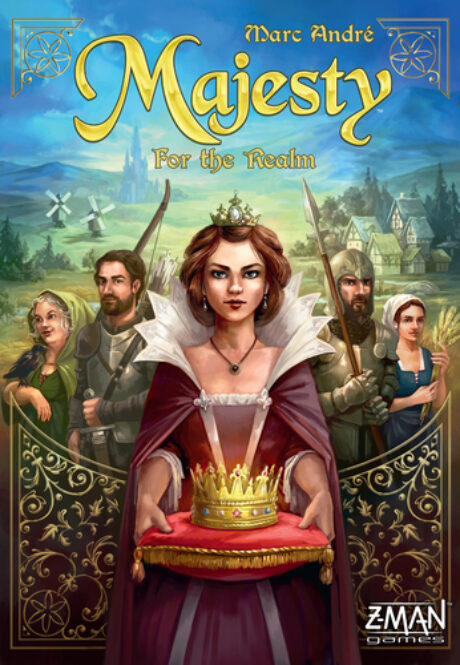
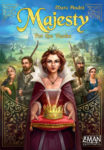
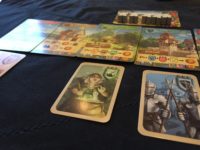

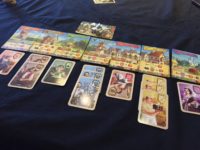


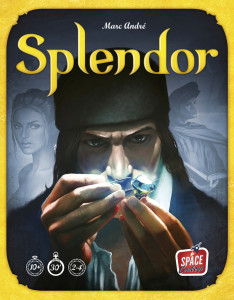

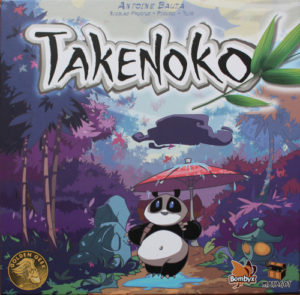
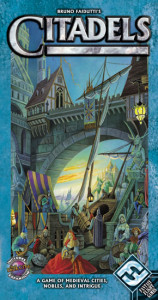
Sam says
A mostly-gentle game from the designer of Splendor that is seeded with an adversarial element in knights versus guards. It looks quite nice, is easy to teach, and is one kids can enjoy a good deal, I think. Grown-ups too: although it isn't a game with a huge amount of depth there's enough here for you to engage your brain, and it's not so simple that playing casually can get you a win.